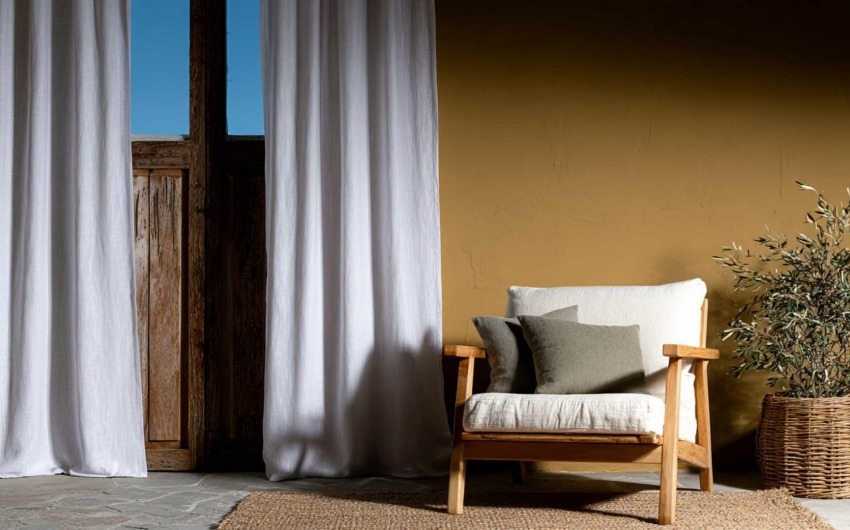3/22/2024
1. Light and Positioning:
Ensure that your plants receive the right amount of light. Each species has different needs, so position them based on the plant's preferences: direct sunlight, partial shade, or full shade.
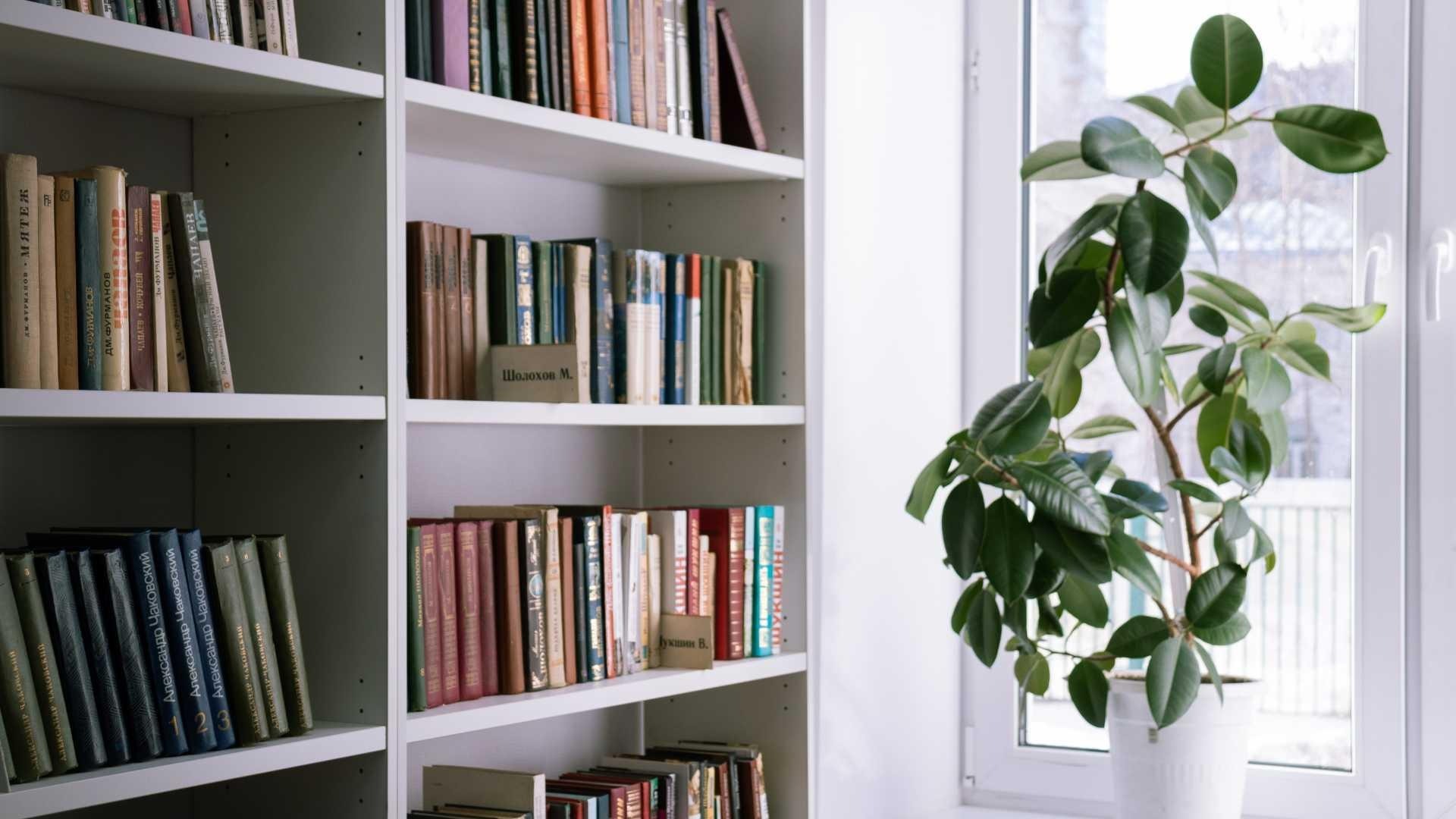
2. Adequate Watering:
Find the right balance in the frequency and amount of watering. Check the soil regularly and make sure it does not become too dry or excessively wet.
3. Fertilization:
Provide essential nutrients with regular fertilizations. Choose a balanced fertilizer suitable for the type of plant to promote growth and flowering.
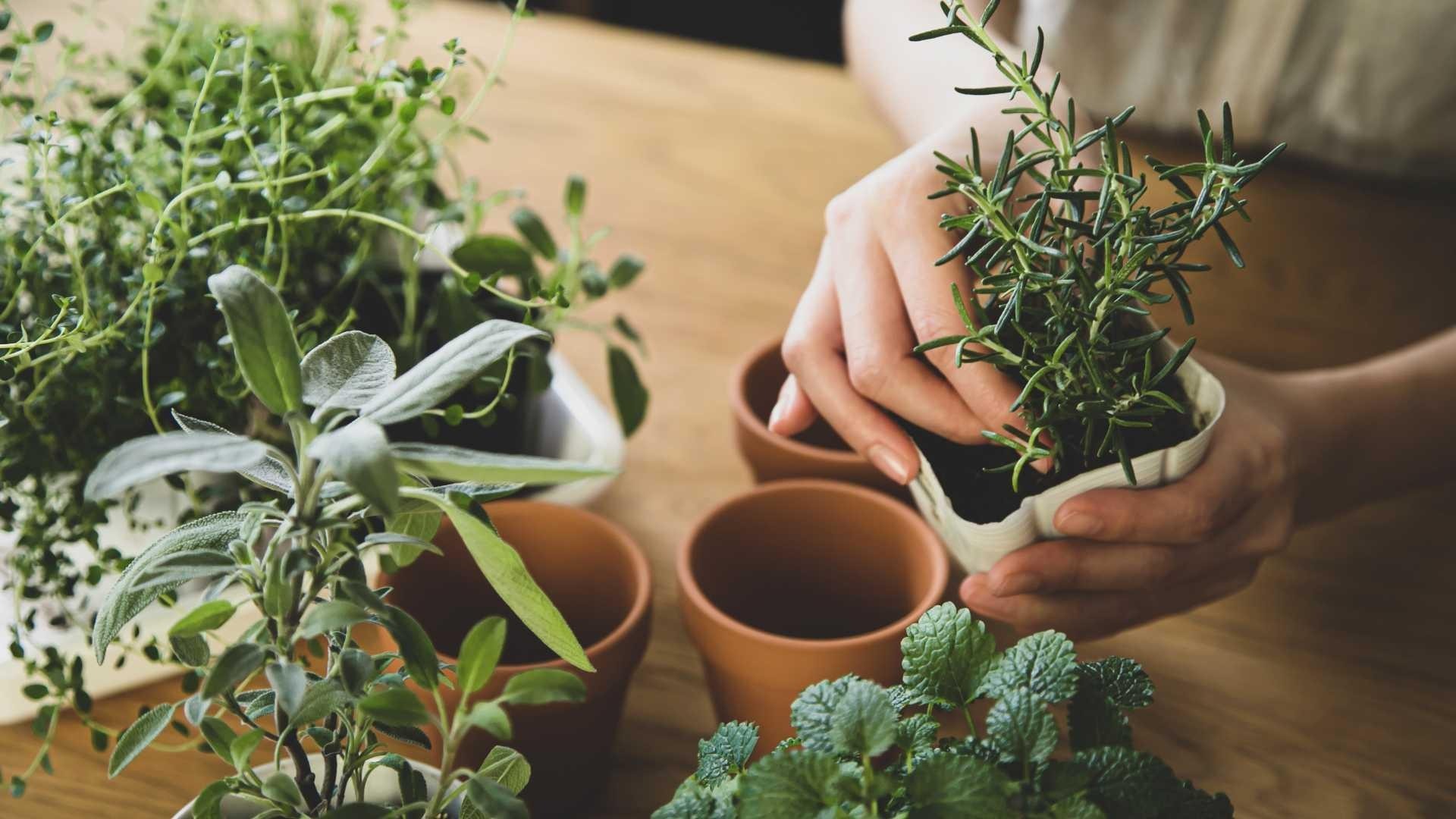
4. Careful Pruning:
Practice careful pruning to remove dead or damaged branches and promote more vigorous growth. Adapt pruning based on the season and plant type.
5. Pest Defense:
Inspect plants regularly for signs of pests. Use natural methods or specific products to protect your plants from insects and diseases.
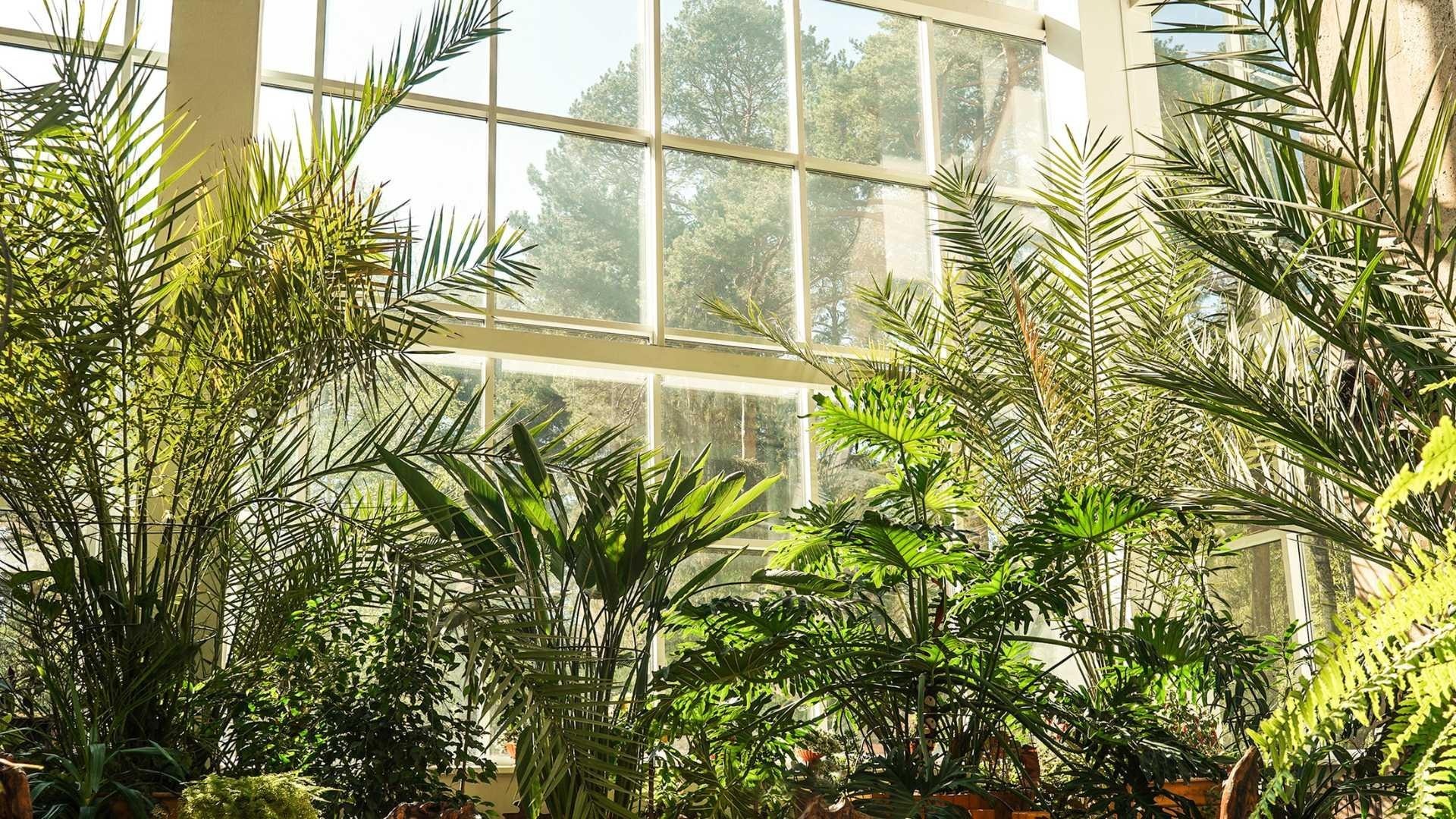
6. Structural Support:
Provide support to taller plants or those with heavy branches. Use stakes or net structures to prevent them from growing disorderly or breaking.
7. Constant Monitoring:
Stay alert to any signs of stress or disease. Respond promptly to any issues to keep your plants healthy.

With constant love and commitment, your ornamental plants will become the joy of your green space. Follow these tips and enjoy the lush beauty of your plants.
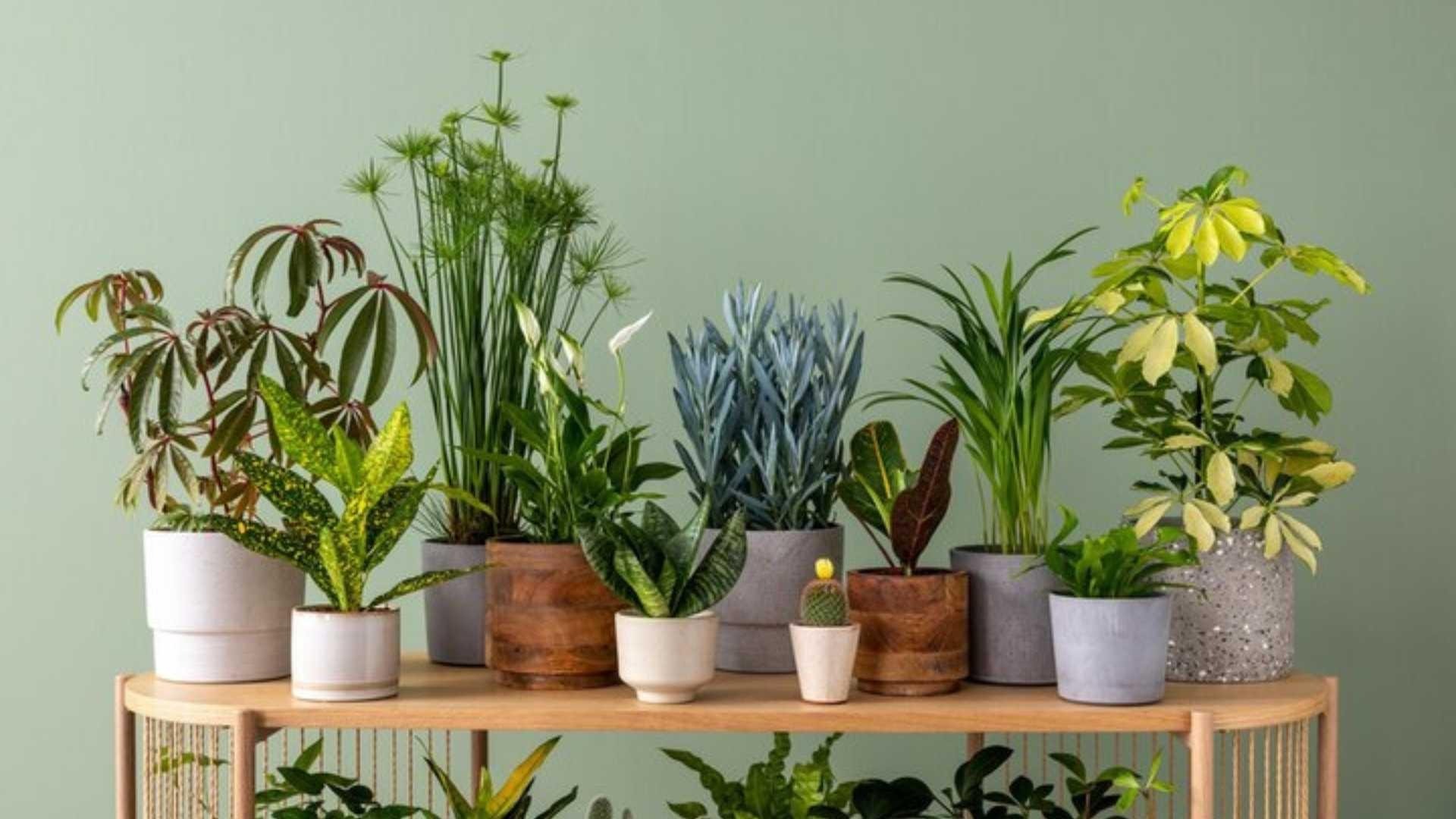

_14077b47db_23.jpg)
Interior Designer since 1985
CEO & Founder, Italian Design in the World

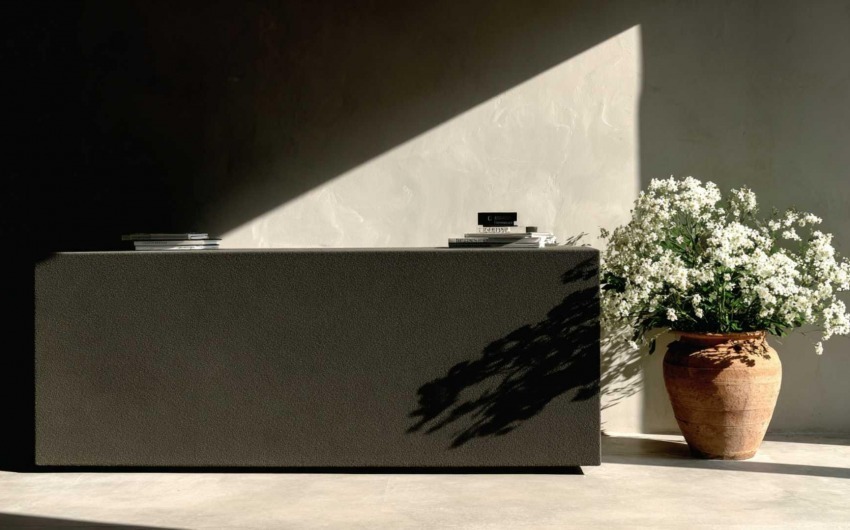
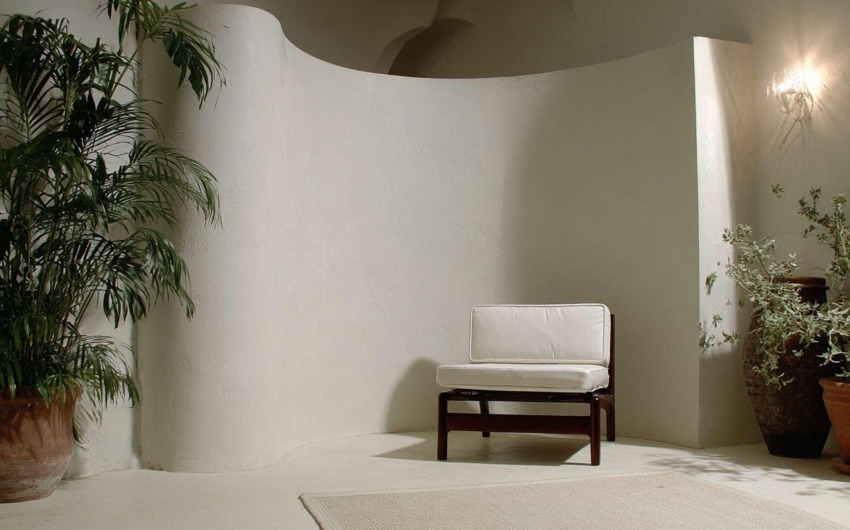
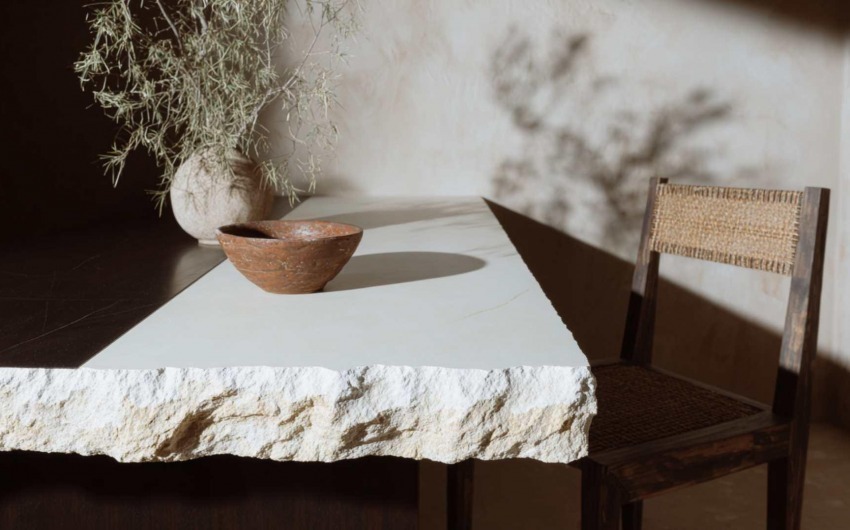
_0f565b1edb_633.jpg)
